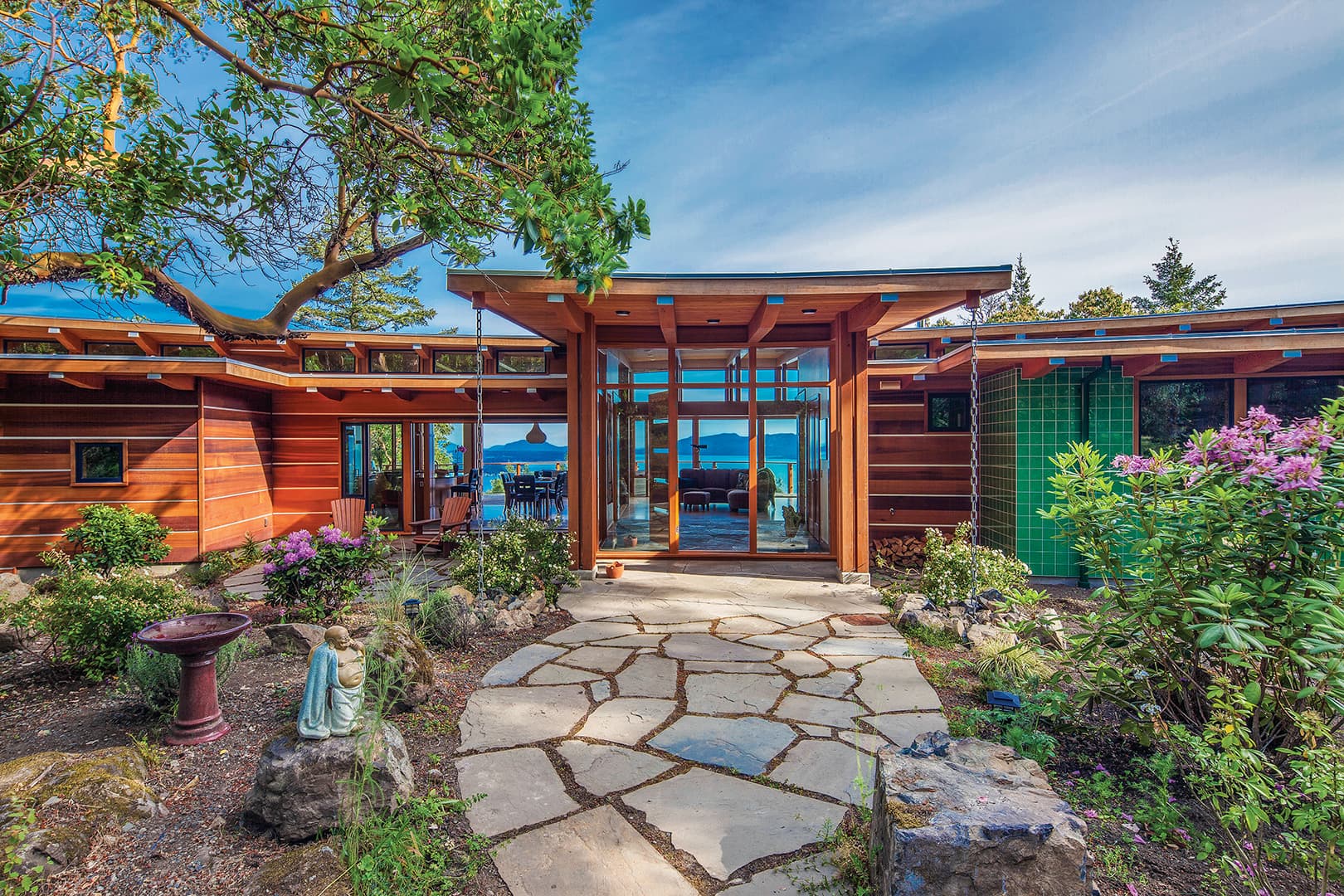
California Redwood vs Western Red Cedar
There are some product battles that just never seem to be able to declare a winner: Coke vs. Pepsi; Ford vs. Chevy, and Mac vs. PC, to name a few. But long before any of these big brands went toe to toe in the ring against each other, there was another argument over who was best, only this disagreement was about who’s the top timber, cedar or redwood?
Both Western Red Cedar and California Redwood are excellent choices for decking and siding, and they share many characteristics, but is one actually better than the other? In this article we’ll look at why some swear the real leader is cedar, while others say the only good wood is redwood.
Cedar and Redwood are often mistaken for each other, which says a fair bit about how similar they are. Both species have a reddish-toned appearance (although cedar can also be a light, honey color), both are excellent for outdoor applications like decks, siding and yard structures, and both will turn a silvery-grey color if left to weather naturally without a stain or finish on it.
The main difference between the two is that western red cedars are coniferous, meaning they have cones that contain seeds for new trees, while redwood doesn’t. Freshly cut cedar also has a very distinct and pleasing aroma that is unique among tree species.
Weather resistance
At The Decking Superstore we carry both western red cedar and redwood siding products because they both have natural compounds that make them resistant to insects, moisture and rot and decay so they both stand up incredibly well to the elements and won’t warp or age prematurely.
Appearance

Western Red Cedar Decking
Both species are beautiful in their own right, but they have different looks. Redwood is a medium to darker red-hued wood (there’s a reason they call it redwood, after all), and while cedar does come in reddish tones, it can also have a lighter honey-yellow and almost white color as well. Both are available in a variety of different grades, as well, which means you can choose cedar and redwood in a clear, tight vertical grain, with a minimal amount of knots, or in a rustic, knotty look. It’s important to note that knots aren’t a deficiency or a sign of an inferior product. They’re where the branches were on the tree and are an intrinsic part of the look of the wood. Clear, knot-free wood comes from larger, older trees.
Sustainability
Although we’re talking about differences here, both redwood and western red cedar are sustainable, renewable, and environmentally friendly. Both have products certified by the Forest Stewardship Council (FSC), and both are only harvested according to strict regulations and responsible practices.
Durability

California Redwood Decking
Both species are considered softwoods, but on the Janka hardness scale redwood is 23% harder than western red cedar. Both are very popular choices for decking and siding however, so whether you need that extra hardness is up to you and what your project requires..
Maintenance
Maintenance is usually a big issue for most people when it comes to decking and siding. When it comes to outdoor products there is nothing that is truly non-maintenance; anything that is subjected to the elements will need some care to keep looking its best. Both cedar and redwood are pretty similar when it comes to cleaning and finishing. Always remove debris and leaf build up from between the deck boards, and use either a good deck cleaning product to keep it bright and new looking. Any mold or mildew can also be removed with a solution of oxygenated bleach (like Oxiclean), warm water and a little dish soap. Just scrub it in and hose it off. Plus, it’s harmless and completely biodegradable.
Cost
Prices vary depending on your region and supply, but generally when comparing equal grade to equal grade, redwood tends to be a little pricier, but not by so much that you wouldn’t consider it over cedar. It really comes down to the look you want.
Obviously there’s a lot to consider when it comes to siding and decking and choosing what’s best for your home. At The Decking Superstore we can help with professional advice on cedar, redwood and a range of other materials as well. Drop by and we’ll make sure you get what’s right for you.
Ready to get started? Contact us at The Decking Superstore today.

